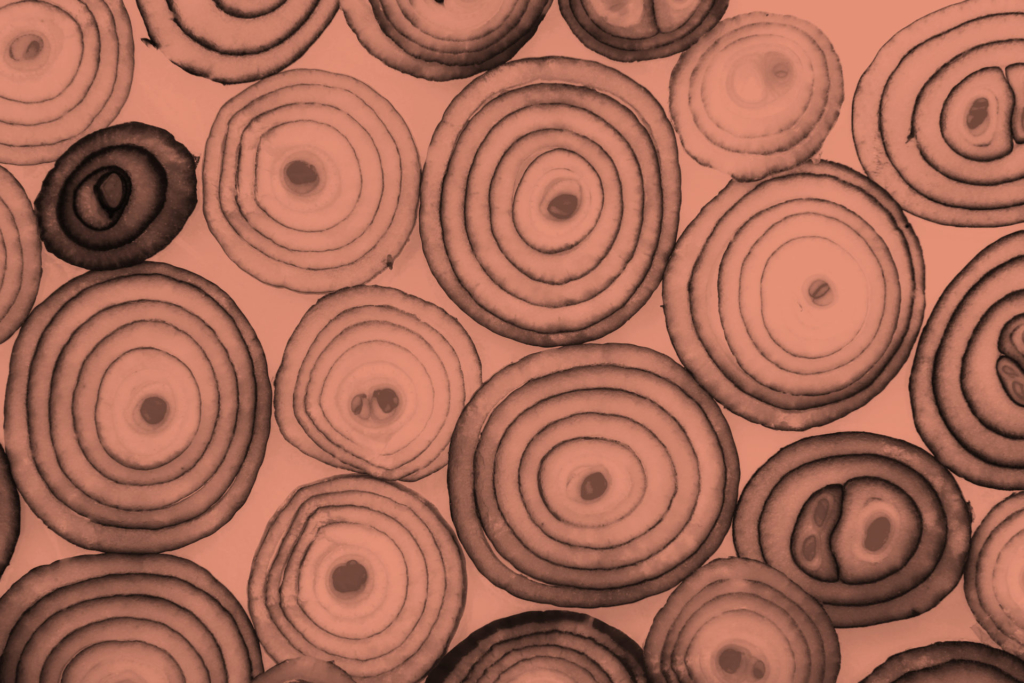Communication strategies are a bit like painting window frames – a solid groundwork ensures a good and sustainable result. On the other hand, this is where most similarities between the two ends and the visual model of a communication strategy looks more like an onion, which is also what we secretly call it.
A communication strategy ensures that you say the right things to the right audience at the right time. To do that, you must ask yourself a few questions: Why? Who? What? How? And where?
If you are the least bit interested in creative solutions, you want to tackle the “how” right away. Forget about that. The first question is always “why?”. What business goals do you want to achieve? What brand position should you take? Simply, why are we doing this? If you skip this phase, the whole strategy is jeopardized – you know how it is with painting…
The next question concerns “who?”. Who will be affected by the communication? “Everyone” sounds expensive. “The loyal followers” sounds a bit boring. Identify and prioritize, before moving on.
With the target audience defined, it is time to ask yourself “what?”. What kind of message should the chosen ones be reached by? What should they know about us when we are done, so to speak? Here you may need to take a deep breath and slow down a bit because there is so much to tell. You are such a complex organisation, and everything is equally important… right? Absolutely, but the main message must still come across here. Take all the time you need.
So, it’s finally time to take on the “how”. Time for the creative concept. You are hopeful for a “fun campaign”, but at this stage, it’s important to find a sustainable creative direction, an overarching long-term idea that can be used in large and small, on all platforms and markets, for several years to come. Of course, the creative concept must also be anchored in the brand, cut through the noise and capture attention. No one said this was easy!
And then, we have reached the last question, namely “where?”. What touchpoints do we have? Where should the audience meet our message to optimise that they see and remember it? And voilà – there you have the onion, peel by peel. When you have landed in this, it is not uncommon to feel the need for a messaging guide. Embrace that feeling.
Helena Helsing Mork
Concept developer & copywriter
helena.helsing.mork@grow.eu




